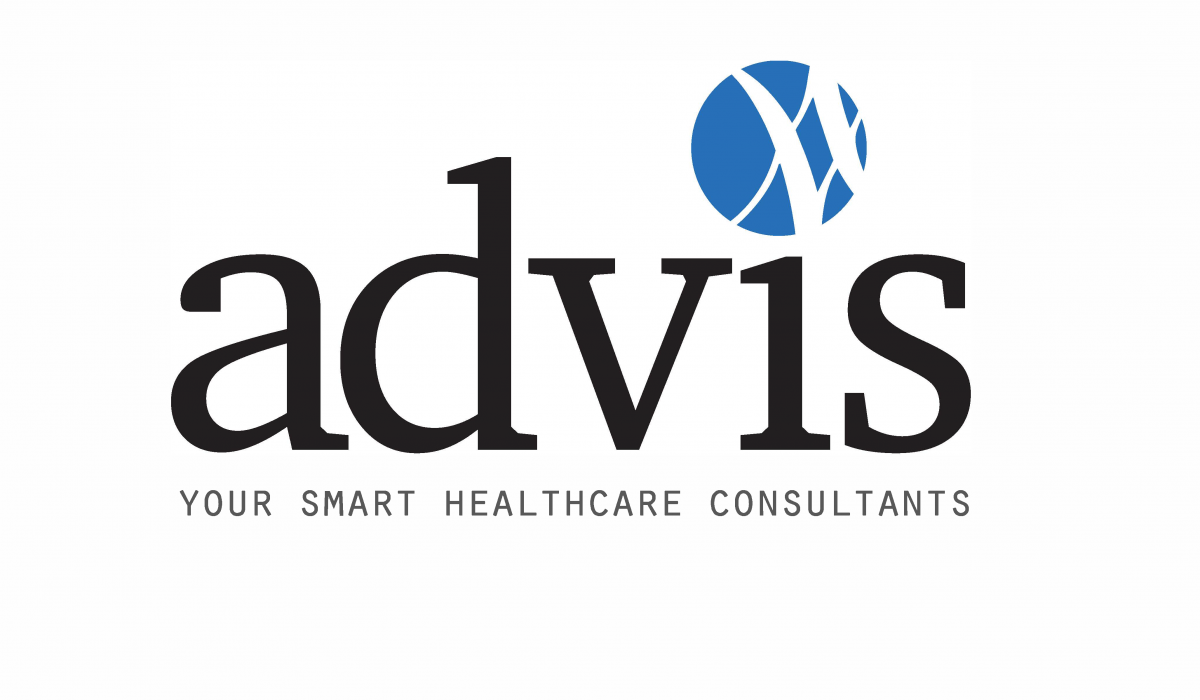Social Determinants of Health Survey Yields Surprising Results
The results of the latest Advis survey of leading C-suite executives in healthcare are in. For providers looking for assistance with Social Determinants of Health (SDOH) issues, or those looking for help with their SDOH program, or to optimize their program, the survey results offer much to consider both pro and con.
The Social Determinants of Health experts and consultants at Advis worked overtime on this one. Over 200 healthcare experts responded to seven questions regarding their institutions and Social Determinants of Health issues. These important findings add key facts, ranking indicators, and perspective to today’s ongoing discussion of SDOH. For providers looking to screen for the Social Determinants of Health or those looking to perhaps structure a social determinants of health program, these survey results are a must read.
To stay informed on regulatory updates and healthcare news from the experts at Advis, please subscribe to our digital mailing list or contact us at 708-7478.7030.
Please see results below:
https://advis.com/wp-content/uploads/2020/03/SDOH-1.pnghttps://advis.com/wp-content/uploads/2020/03/SDOH2.pnghttps://advis.com/wp-content/uploads/2020/03/SDOH-3.pnghttps://advis.com/wp-content/uploads/2020/03/SDOH-4.pnghttps://advis.com/wp-content/uploads/2020/03/SDOH-5.pnghttps://advis.com/wp-content/uploads/2020/03/SDOH-6.pnghttps://advis.com/wp-content/uploads/2020/03/SDOH-7v2.pnghttps://advis.com/wp-content/uploads/2020/03/SDOH-8v2.png
The Findings
Surprisingly, leading healthcare executives rank hospitals as the best positioned institution within their communities to address SDOH and social disparity issues. When asked to rank various categories, over 38% ranked their hospital’s positioning within the community as ideal for confronting SDOH issues. A little over 28% ranked the government best positioned to help, and a little under 28% ranked Social Services and Philanthropic Organizations best positioned to help. And so, a surprising discrepancy arises from the data: Only a third (1/3) of executives report actually participating in an SDOH program. When Government and Social Services rankings are combined, 56% of responses suggest that the hospital might not be the place to start when confronting SDOH. Hospitals are not at present in a position to go-it-alone when it comes to SDOH. To the contrary, the numbers suggest that government-led and directed social services must take the lead for hospitals to best exploit their positioning within the community.
What actions are perceived as potentially helping most organizations to best address SDOH issues? Changes to public policy and poverty supports targeting SDOH are #1, which supports our findings above. But note that direct reimbursement for SDOH expenditures is a close second. Whatever the public policy changes to come, a return on investment for the hospital is badly needed. Almost 40% of survey respondents ranked changes to public policy and additional poverty supports as most important. But almost 38% report that direct reimbursement for SDOH services would help the most. Hospitals simply cannot do all they might without funding. And for-profit systems see SDOH as a net loser. Without direct reimbursement for services, it’s hard to see how hospitals alone can impact socio-economic conditions and life-style significantly enough to pare the burden of SDOH issues on the system.
What stands in the way of SDOH progress? Same answer: The lack of direct reimbursement for hospitals was ranked #1 by over 85% of survey respondents. The inability to demonstrate ROI is a strong second, at just under 64%. Little wonder that a high percentage of industry leaders (over 62%) view SDOH as outside the scope and function of their organizations. Almost 57% of survey respondents work for organizations that screen for SDOH. But only 30% worked for organizations with structured SDOH programs. Help from beyond the hospital will be required to significantly impact SDOH issues.
Funding for SDOH programs relies on numerous sources. Hospitals draw these funds from wherever they can find them. The majority, over 57%, self-fund through decremental budgets. A lot of SDOH financing is paid for largely through outside grants and philanthropy. Over and above self-financing, almost 44% of funding comes from outside grants; 41% of funding derives from philanthropic sources. Without broad-based governmental and market supports, an acceptable ROI will be hard to demonstrate.
What kind of healthcare disparities does SDOH address? The list is long, beginning with socio-economic status: over 84% of the programs reported on concern themselves with the socio-economic status of the patient. Disability status (58.5%), homelessness (61.5%), and location 56.5% are the next three biggest categories for SDOH attention. All three categories are closely related to socio-economic status. All of these issues are well beyond the traditional scope and duties of the hospital.
Yet one of the survey’s most significant finding is just how much SDOH is being driven by the C-suite. Who plans organizational SDOH efforts? At most organizations, these decisions lie with C-Suite executives and administrators (almost 72%). Mission and philanthropy executives play a significant role, too (over 38%), as do executives from strategic planning and business development (over 37%). But leading healthcare executives seem to see clearly that without improvements from SDOH their institutions cannot hope to stem the financial burden these problems represent for their systems. Perhaps a top-down review of SDOH and all it represents is exactly what’s called for: Hospitals are among the leading institutions in their communities; Leaders lead.
Conclusion
The Social Determinants of Health (SDOH) are increasingly recognized within the C-suite as a catalytic force within American healthcare. But programs and support systems seem hit or miss. No program seems to perform within a well-defined, thoroughly prescribed space. There’s no well-established way to measure outcomes. Advis survey results point toward a disconnect between C-suite expectations and existing governmental/social services. The result is a disjointed and ineffective social safety net that exerts a commanding price on American healthcare. Clearly, a good deal more thought, effort and coordination need to go into assessing and implementing SDOH if the cost to healthcare is to come down.
The majority of survey responses point to the need for change in our social safety net, changes that hospitals cannot make on their own. Problems exist not just in the level and quality of the supports provided for SDOH, but in how such systems are perceived by the public and supported by public policy and the government. Spending up-front monies on the lower end of the socio-economic ladder just might pay big dividends in savings to our healthcare system; but for that to happen it seems the entire social safety net must be reconceived and supported with real financial backing and public support.
Published: March 6, 2020





